In the early 1970s, Liberation Theology in Latin America advocated a “preferential option for the poor.” Economic growth up to that point had gone hand in hand with rising inequality, and poor people were being left behind. We were reminded of this doctrine recently when trying to come up with principles that could guide Brazil’s new government. Summarizing a set of policy notes that were prepared and shared with the economic team of every leading candidate, we suggested three principles: (1) Make the state more efficient, not larger; (2) go for gradual reforms, not shock therapy; and (3) protect the poor and the young.
This blog is about the third principle, but we start with a few words on the first two. Brazil’s state is large; the share of public spending in GDP is close to 40 percent. But Brazilian taxpayers don’t get much in return for the heavy tax burden they face. Public services are often awful, red tape is rampant, and a lot of government spending goes civil servants as salaries, perks, and pensions. Not surprisingly, many voters were drawn to the promise by President-elect Jair Bolsonaro that he’d cut the state down to size. As his government goes about this, our advice is to avoid big shocks. Brazil’s institutions are not built for speed; there are too many veto points and there is a lot of fragmentation. Radical proposals risk being watered down or end in frustration. Based on Brazil’s experience, perseverance and compromise would be a better way to get things done. Time will tell whether this is good advice.
A “Preferential Option” for the Young
Let’s turn to the third principle. We came up with it after examining this chart. It shows the proportion of people in the bottom 40 in each age bracket by year. The most striking result is how the bottom 40 percent becomes younger over time.
Figure 1. Proportion of the bottom 40 percent of income distribution by age, 1981-2015
 Source: PNAD, IBGE, World Bank calculations
Source: PNAD, IBGE, World Bank calculations
In 1981, one-third of 15-17 year-olds and half of those 14 or younger were in the bottom 40. In 2015, these ratios had risen to 54 percent and 60 percent respectively. As summarized in the World Bank’s Strategic Country Diagnostic, Brazil has been doing reasonably well in protecting the poor: poverty rates have been reduced and inequality is down. But examining the chart above, it looks like the young are being left behind.
Figure 2 reexamines this question. Again, the young are clearly more vulnerable to poverty. The reasons are simple. First, the elderly in Brazil are protected through social transfers. Those with regular formal jobs benefit from a public pension system that guarantees high replacement so that there is hardly any loss in income during old age; for some public sector workers, replacement rates are 100 percent. Rural and informal workers get a non-contributory minimum pension (that more than one household member can get) equal to the minimum wage. This guarantees them an income of about 70 percent of the average wage—four times the poverty threshold used for the conditional cash transfer program, Bolsa Familia. The generosity of these pensions implies a large net transfer from taxpayers to the elderly, which we estimated at more than 4 percent of GDP in 2017. This is eight times what Brazil spends on Bolsa Familia, a transfer that helps poor families with kids in school.
Figure 2. Poverty rate by age, 2015
 Source: PNAD, World Bank calculations
Source: PNAD, World Bank calculations
Second, given generous old age protection, families with many children face higher dependency rates. Since women in poor families also have higher fertility rates, as can be seen in Figure 3, poverty among children is likely to be higher than for the population as whole. Besides, fertility rates among the top 60 have fallen faster than among the bottom 40, so the increase in the proportion of young people in the bottom 40 also the result of a changing composition. Indeed, the elderly dependency ratio is higher among the top 60 (and has been increasing), suggesting that some households may be in the top 60 as a result of the transfers received by their elderly members.
Figure 3. Fertility, aging, and relative incomes in Brazil
 Source: PNAD, IBGE
Source: PNAD, IBGE
Fairer Progress
Social transfers in Brazil clearly benefit the old more than the young. As Brazil considers options to rein in spending, it should cut pensions, not programs like Bolsa Familia. But to figure whether a state is doing really well by its youth, it may be more important to look at access to education and employment than to social transfers. Such a look brings mixed news.
On the plus side, the expansion in access to education since the 1980s has provided a pathway out of poverty for many young people. According to a recent comparative World Bank study, parental education in Brazil explains a little more than one-third of educational achievement of those born in the 1980s, placing Brazil in the second quintile globally. But the study also notes that parental income still explains around 50 percent of the variation in the income of the same 1980s cohort, a level twice as high as in advanced economies. The higher inter-generational mobility in education than income suggests that poor kids go to poorer schools. The poor quality of state schools is one reason why many kids from poor families lose interest in education and become disengaged, compromising their opportunities further.
Despite increasing public spending per student more than five times since 2000, Brazil is near the bottom of the international ratings for educational achievement and has higher dropout and repetition rates. As parents who can afford private schools vote with their feet, private education has grown in importance. Meanwhile, poor students are left behind in public schools. A preferential option for the young would both reform Brazil’s pension system and aggressively address its poor learning outcomes.
When Brazilians became convinced in the 1990s that they needed policies that targeted the poor, several decades of social progress followed. It is time to address the opportunities for young people with the same conviction.
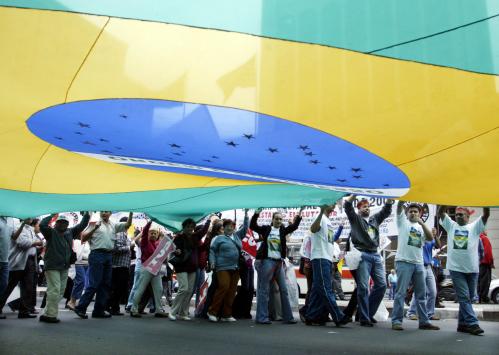

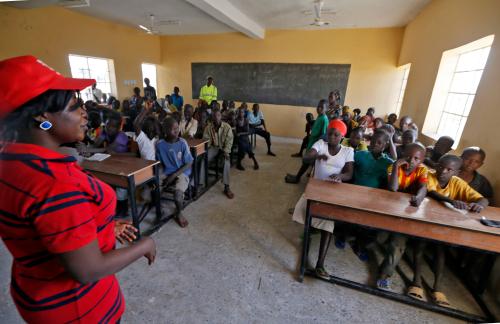
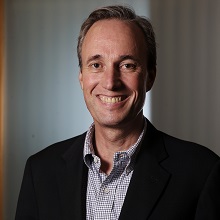
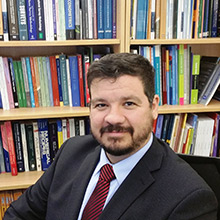

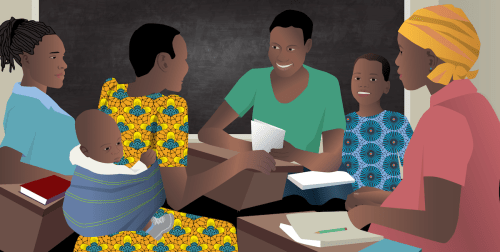

Commentary
Prioritizing public schooling over social transfers in Brazil
November 26, 2018